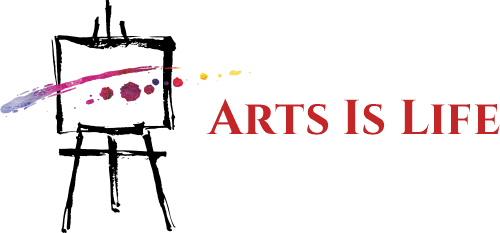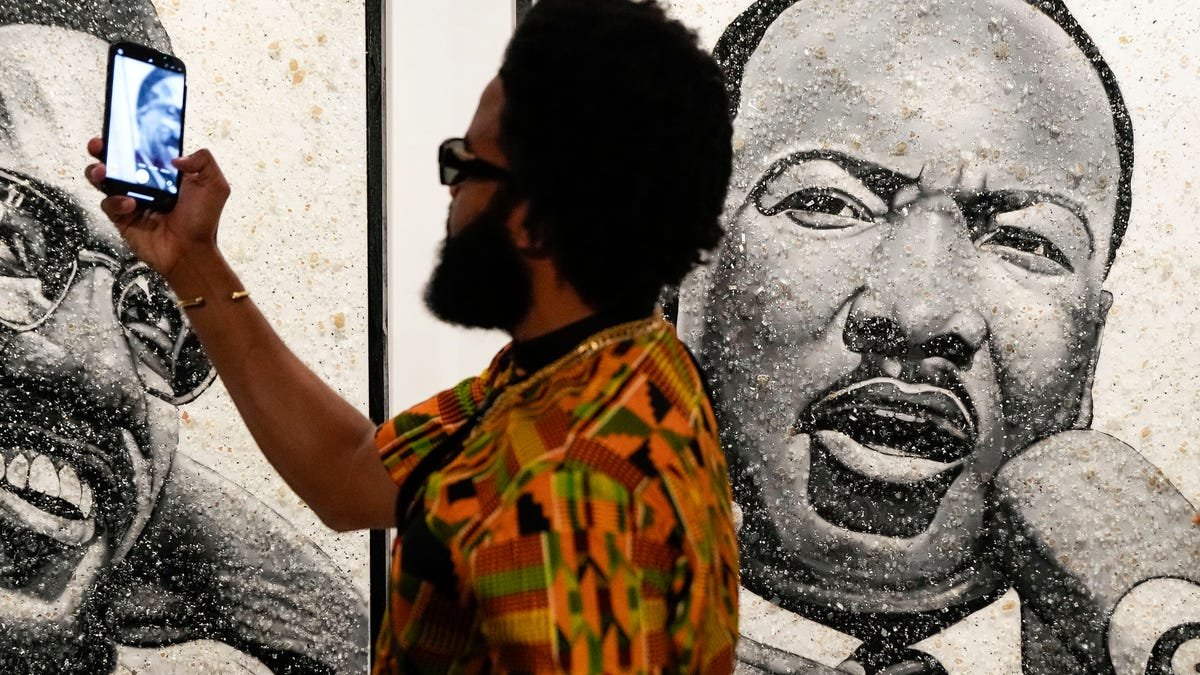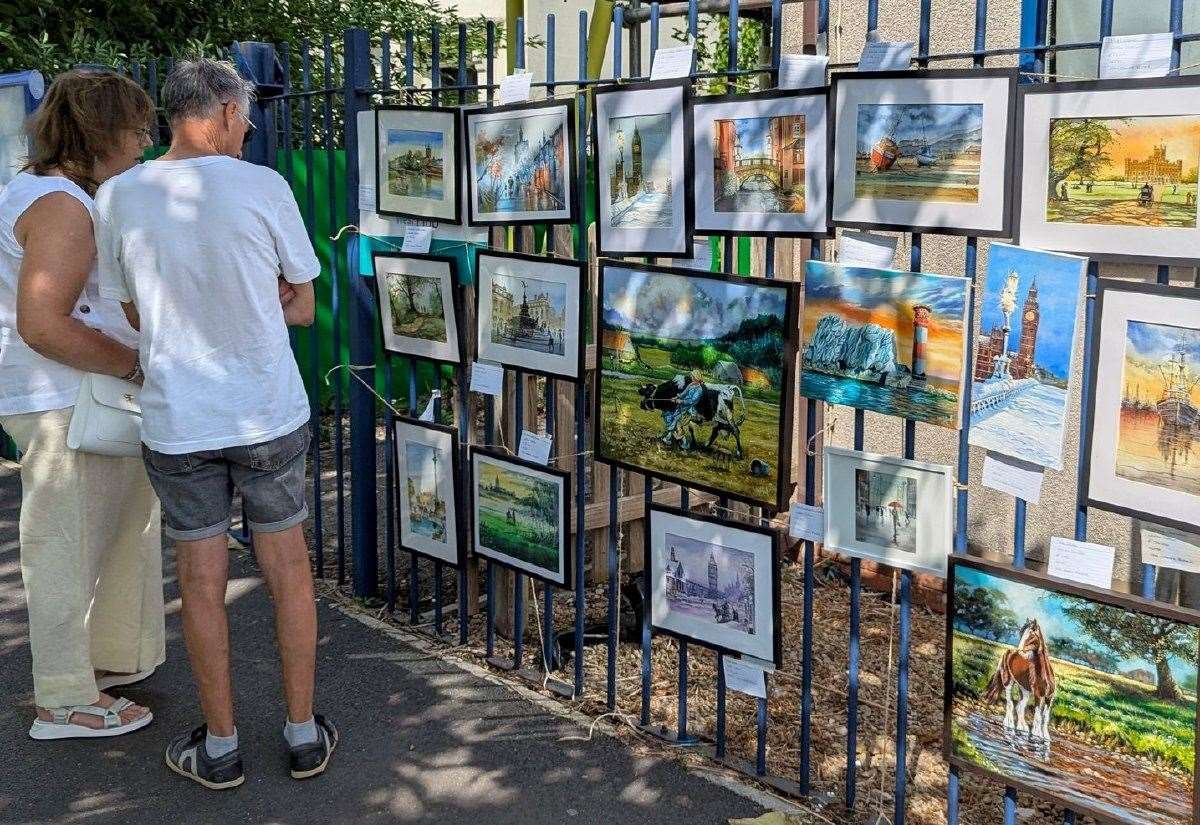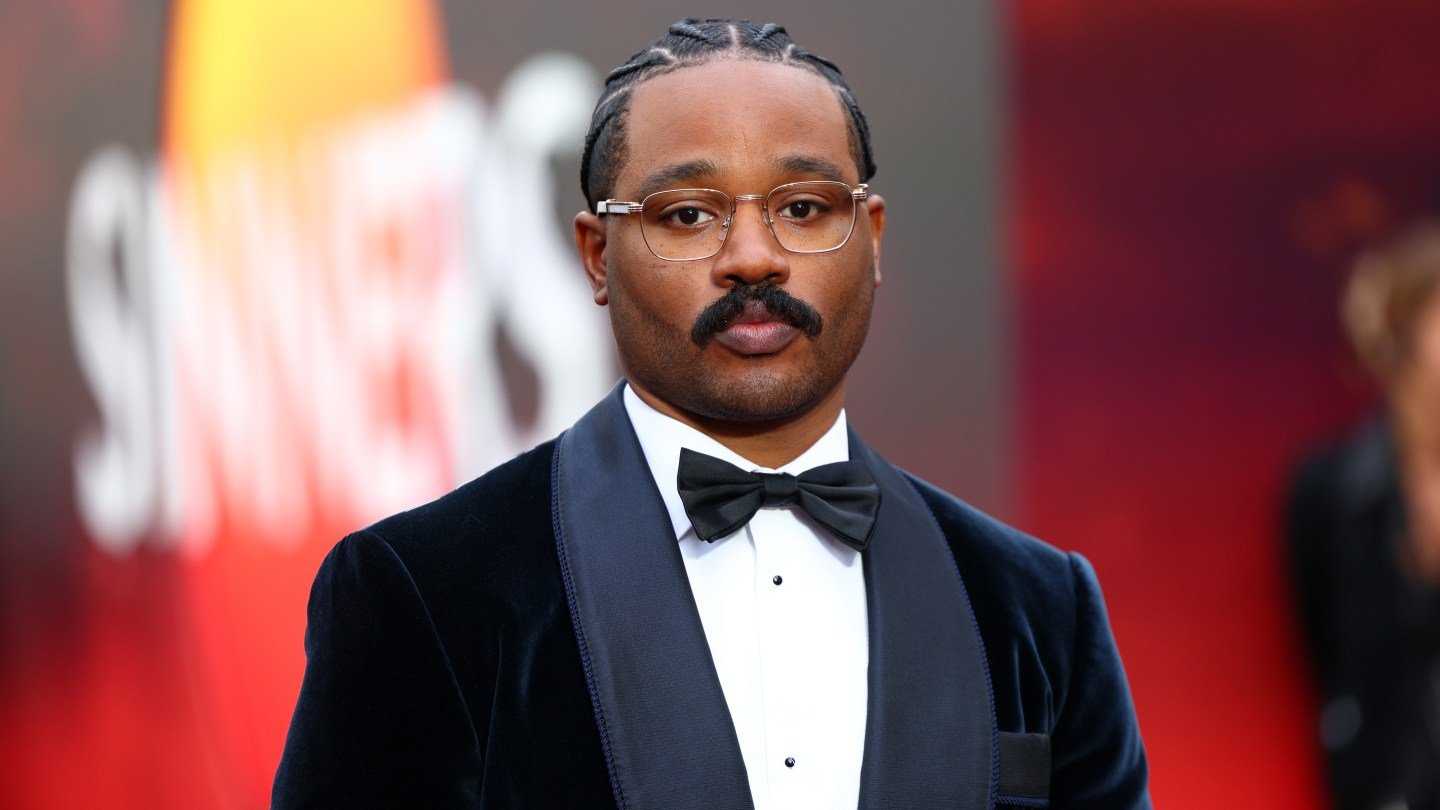“I want to be like a positive view. When you see my murals or my artworks, I don’t want people to think too much about it.
“It’s for everyone.”
During the Bosnian war, 1992-1995, Sarajevo endured the longest siege in modern conflict, as Bosnian Serb forces encircled and bombarded the city for 44 months.
Attacks on the city left more than 11,500 people dead, injured 50,000 and forced tens of thousands to flee.
But in the wake of a difficult peace, that divided the country into two autonomous entities, Bosnia’s economy continues to struggle leaving the physical scars of war still evident around the city almost three decades on.

‘A form of therapy’
“After the war, segregation, politics, and nationalism were very strong, but graffiti and hip-hop broke down all those walls and built new bridges between generations,” local muralist Adnan Hamidovic, also known as rapper Frenkie, said.
Frenkie vividly remembers being caught by police early in his career, while tagging trains bound for Croatia in the northwest Bosnian town of Tuzla.
The 43-year-old said the situation was still tense then, with police suspecting he was doing “something political”.
For the young artist, only one thing mattered: “Making the city your own”.
Graffiti was a part of Sarajevo life even during the war, from signs warning of sniper fire to a bulletproof barrier emblazoned with the words “Pink Floyd” – a nod to the band’s 1979 album The Wall.
Sarajevo Roses – fatal mortar impact craters filled with red resin – remain on pavements and roads around the city as a memorial to those killed in the strikes.
When he was young, Frenkie said the thrill of illegally painting gripped him, but it soon became “a form of therapy” combined with a desire to do something significant in a country still recovering from war.
“Sarajevo, after the war, you can imagine, it was a very, very dark place,” he said at Manifesto gallery where he exhibited earlier this year.
“Graffiti brought life into the city and also colour.”
‘A way of resisting’
Sarajevo’s annual Fasada festival, first launched in 2021, has helped promote the city’s muralists while also repairing buildings, according to artist and founder Benjamin Cengic.
“We look for overlooked neighbourhoods, rundown facades,” Cengic said.
His team fixes the buildings that will also act as the festival’s canvas, sometimes installing insulation and preserving badly damaged homes in the area.
The aim is to “really work on creating bonds between local people, between artists”.
Mostar, a city in southern Bosnia, will also host the 14th edition of its annual street art festival in August.
With unemployment nearing 30% in Bosnia, street art also offers an important springboard to young artists, University of Sarajevo sociology professor Sarina Bakic said.
“The social context for young people is very difficult,” Bakic said.
Ljiljana Radosevic, a researcher at Finland’s Jyvaskyla University, said graffiti allowed youth to shake off any “nationalist narrative or imposed identity”.
“It’s a way of resisting,” Radosevic said.
– Agence France-Presse






